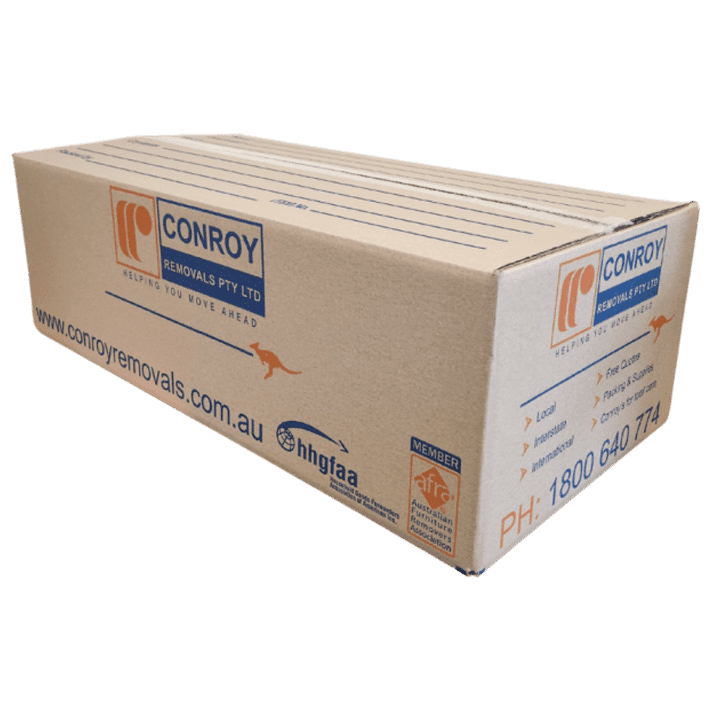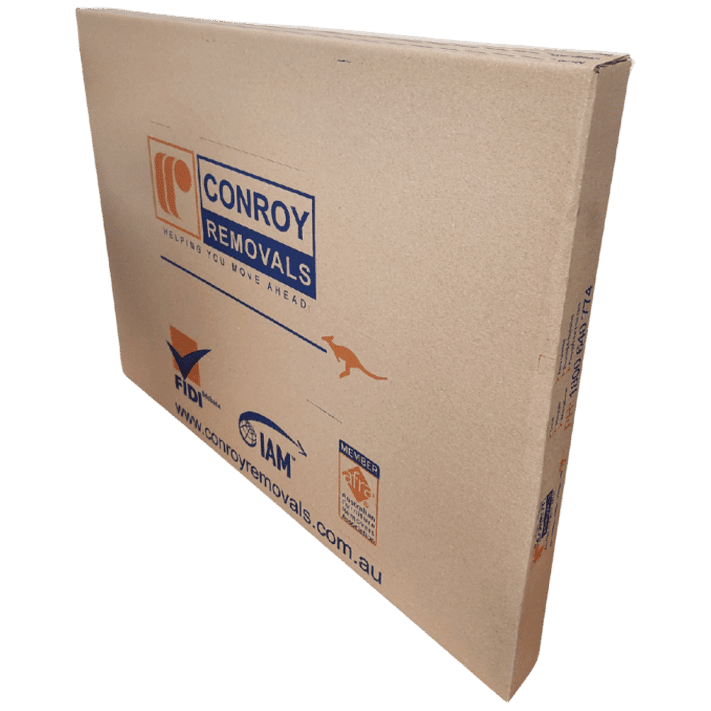DIY packing tips
DIY packing tips for moving house

What type of boxes to use for packing
How many boxes to use for packing
Smart packing is a balance of effectively protecting your belongings, while using the fewest number of boxes to do the job. Using fewer boxes speeds up packing and the moving process, which will save you time and money. You also want to avoid having loose objects in boxes, as if they can move about, it increases the risk of breakages or damage.
How to pack boxes
- Before putting anything into a box, secure the bottom centre seam with packing tape, then tape the open side seams. Always use packing tape as it is strong and designed for the job. Taping each box this way makes it significantly stronger, giving the contents much better protection.
- When packing fragile items into a box, place plenty of cushioning on the bottom. Use crushed packing paper or linen to provide impact resistance. Avoid using newsprint paper as this can leave marks on your goods.
- Wrap fragile items in several layers of paper or bubble wrap and pack them into the box so they are positioned firmly, but not under pressure from other items. Your goal is to reduce or negate movement in the box while it is in transit.
- Ensure all glassware, crockery, china and crystal is packed standing up on its edge for maximum strength.
- Like for like is best. Try to avoid mixing up the contents in your boxes too much.
- Don’t overload boxes, and ensure you pack heavy items on the bottom and light items on the top.
- Pack items in layers with plenty of cushioning in between.
- Leave room at the top of boxes for another layer of cushioning before closing. Every box should have a layer of cushioning on the bottom, sides and top for impact resistance.
- Tape up and secure the centre and open side seams of the box the same way you taped the bottom.
- Pictures and mirrors should be wrapped with paper, bubble wrap or linen and placed inside a cardboard sleeve made from a collapsed box of suitable size or a picture box.
- Sharp objects must be secured safely and not protrude, as they will compromise the integrity of the box and potentially cause an accident.
- Mark the top of each box with a brief list of the contents within and the room it belongs in.
- Ensure all boxes are firmly packed and not overloaded so the carton protrudes at the top. The boxes must be able to be stacked on top of each other without damaging the contents.
The golden rule of packing
What size boxes to use
Using the right sized box is very important. Every box should not weigh more than one person can comfortably carry. The simple rule of thumb is to pack light goods into large boxes and heavy goods into small boxes for even weight distribution. The following table provides recommendations for the types of goods you should pack into different size boxes.

Small Box
L:41cm x W:30cm x H:44cm Application: Great for packing things like books/files, CDs/DVDs, wine/spirits, foodstuffs, small tools and shoes.

Standard Box
L:44cm x W:42cm x H:62cm Application: Great for packing things like kitchenware, bedding/linen, china/crystal, ornaments, small appliances, toys/games and garage items.

Lay Flat Box
L:96cm x W:49cm x H:29cm Application: Designed for packing folded clothes, bedding and linen.

Hanging Portarobe Box
L:44cm x W:42cm x H:62cm Application: Great for packing things like kitchenware, bedding/linen, china/crystal, ornaments, small appliances, toys/games and garage items.

Picture Box
L:92cm x W:10cm x H:68cm Application: Designed for packing pictures, paintings, mirrors, and small TVs.

TV Box
L:92cm x W:10cm x H:68cm Application: Flat Screen TVs.

Bike Box
L:92cm x W:10cm x H:68cm Application: Bikes